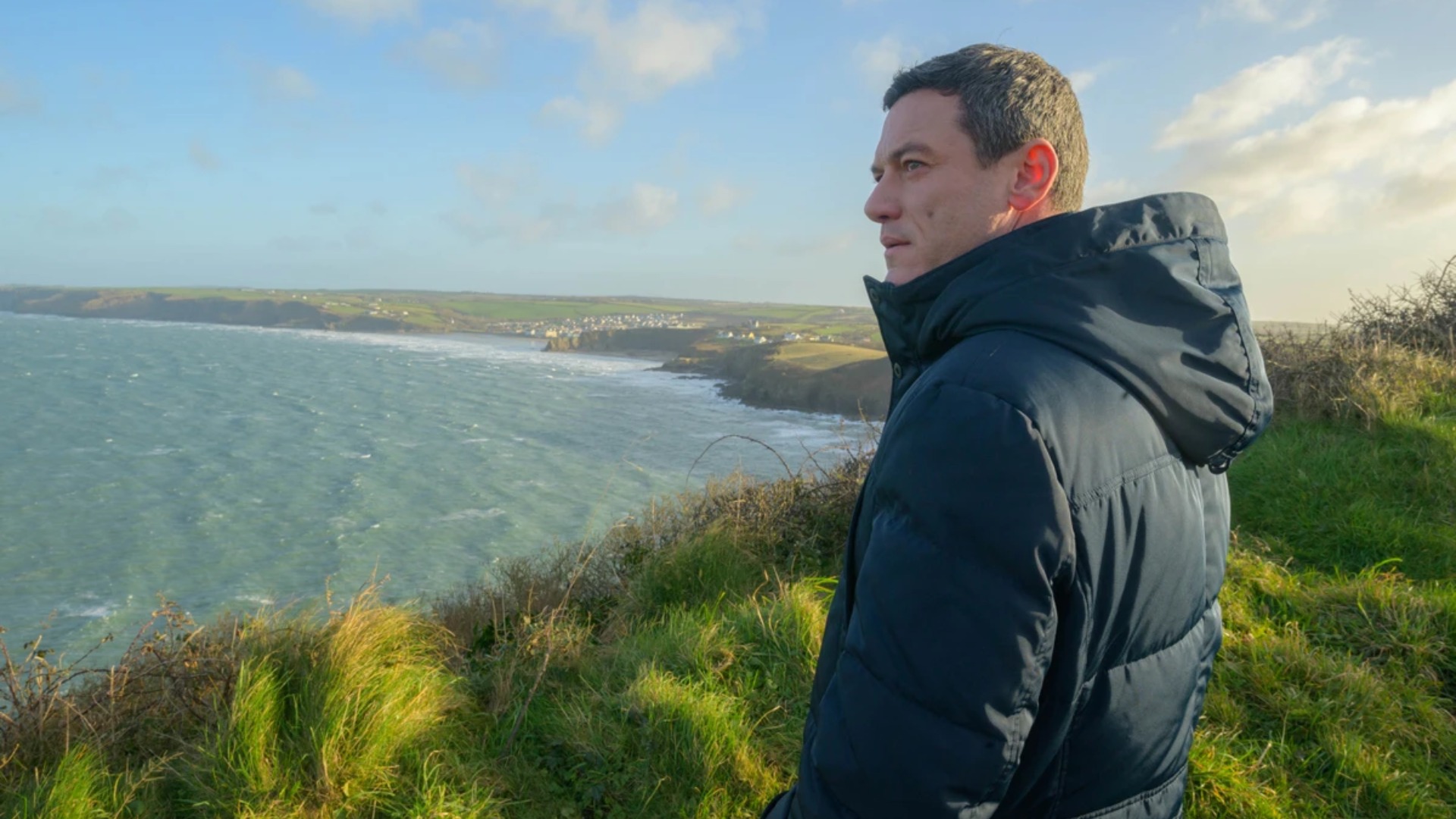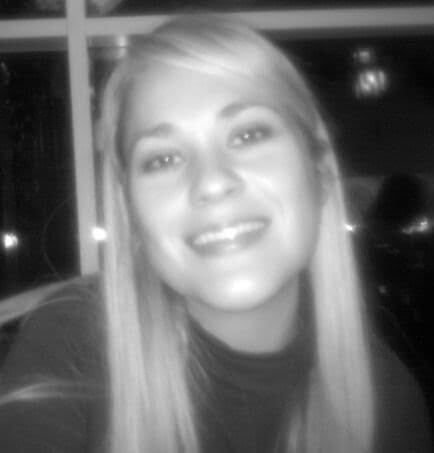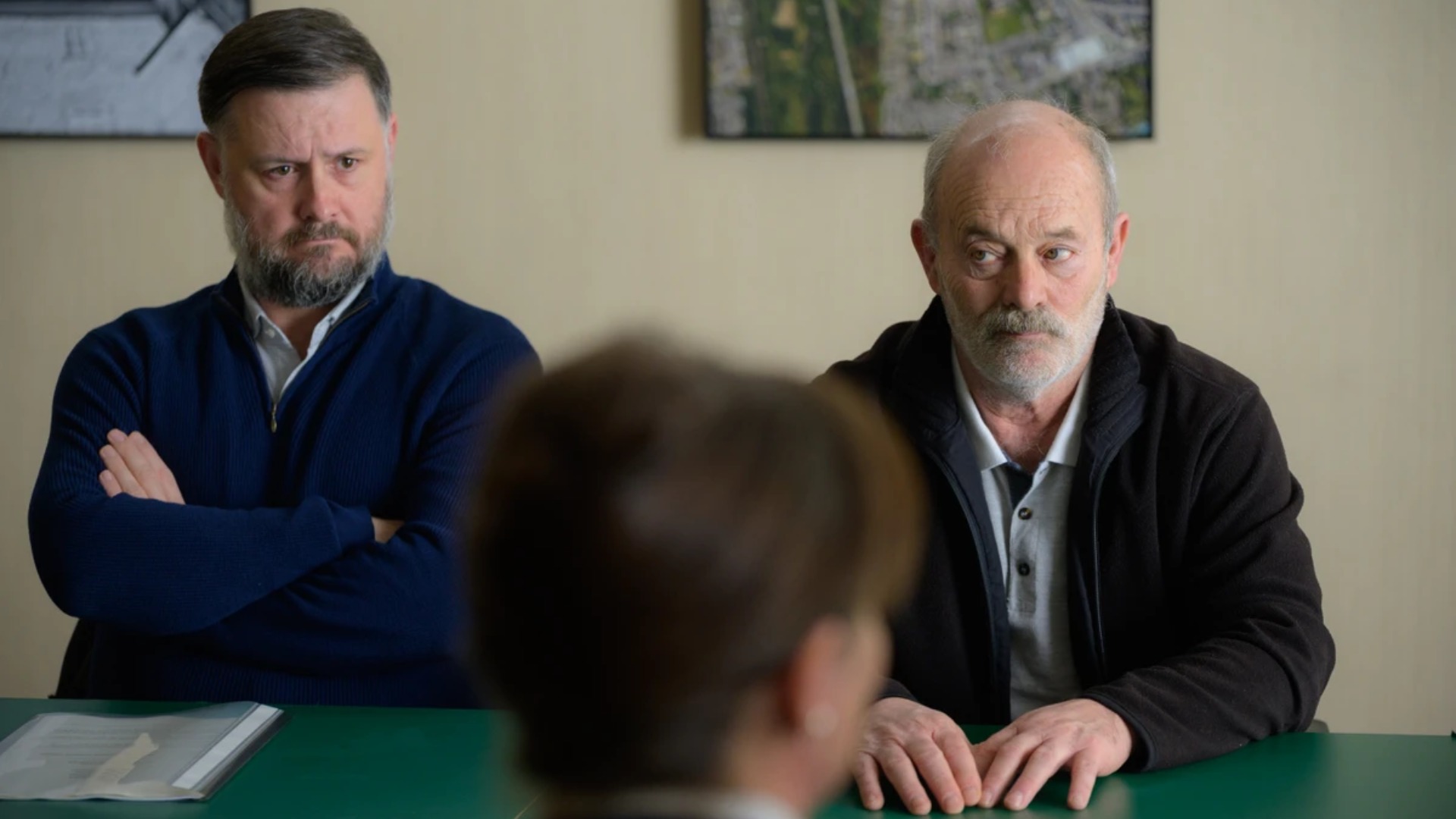Is The Pembrokeshire Murders based on a true story? The real case behind the gripping drama
There's renewed interest in the series that first aired on ITV now it's landed on Netflix


Netflix has added The Pembrokeshire Murders to its catalogue, a series that first aired on ITV, and viewers are wondering if it's based on a true story.
Netflix is undoubtedly a go-to destination for true crime - whether it's documentaries or crime dramatisations you're after, Netflix will deliver the goods. The streamer has now added three-part Welsh series The Pembrokeshire Murders to its catalogue. First airing on ITV in 2021, the show follows Luke Evans as the newly promoted Detective Superintendent Steve Wilkins who in 2006, decides to reopen two unsolved 1980s murder cases linked to a slew of other offences.
New technological advances advances in DNA along with a 1989 episode of British classic TV show Bullseye, led to the serial killer, John Cooper (Keith Allen) finally being apprehended for the crimes. This isn't the only series Netflix has snapped up recently that had viewers asking if they were based on real cases, with A Confession and The Buckingham Murders both leaving viewers wanting to know if there's truth behind the tales - they're now asking for the any real details behind The Pembrokeshire Murders.
Is the Pembrokeshire Murders based on a true story?
Yes, The Pembrokeshire Murders is based on the real story of Welsh murderer, John Cooper, whose conviction really was secured because he'd appeared on an episode of the darts-themed game show, Bullseye.
It's believed Cooper turned to crime after losing money in a failed attempt at breaking into the property market, and by gambling away some money he'd won. However, his crimes became increasingly violent, and he was eventually convicted of murder, rape and sexual assault.
Using SAS manuals to build his skills base, Cooper would stalk his home town of Milford Haven in Pembrokeshire, looking for homes to rob. In 1985, he broke into the home of millionaire farmer Richard Thomas and his sister Helen, and shot them at point-blank range. Although circumstances surrounding his motives were never formally identified, it was speculated during his trial that the pair had disturbed him while Cooper robbed their home, and he'd set fire to the house to burn their bodies after he shot them in an attempted cover up.
At the time, police were unable to identify Cooper as the culprit and he remained free. Four years later in 1989, Cooper murdered once more. Oxfordshire couple Peter and Gwenda were holidaying on the Pembrokeshire coast when they came across Cooper during a coastal walk. He tied them up and demanded their bank details, before shooting and killing them both.
Sign up for the woman&home newsletter
Sign up to our free daily email for the latest royal and entertainment news, interesting opinion, expert advice on styling and beauty trends, and no-nonsense guides to the health and wellness questions you want answered.
Incredibly, the episode of Bullseye in which Cooper appeared, was broadcast just a month before he carried out the killings. When police later unearthed the episode to use as evidence, Cooper can be seen telling the presenter about his geographical expertise and knowledge of the exact area of Pembrokeshire coastline he murdered the Dixons.
After killing the couple, Cooper visited numerous cashpoints, withdrawing the couple's money. Police did make a link between Peter and Gwenda's murder and that of Richard and Helen Thomas, but were unable to pinpoint Cooper as the suspect. Consequently, he was free to strike again, and in 1996 held a group of Milford Haven teenagers hostage, committing rape and sexual assault during the ordeal.

Still not apprehended, Cooper struck again in 1997, robbing another Pembrokeshire woman at gunpoint. The victim managed to escape, and was able to identify Cooper whereby he was arrested. A raid on his home uncovered evidence linking him to a slew of robberies, although he still wasn't officially linked to the violent murders at this time. He eventually received a 16-year prison sentence for 30 counts of robbery and burglary, but nothing in relation to murder.
It wasn't until the unsolved cases of the Thomas and Dixon murders, and the rape and sexual assault incidents were reopened in 2006, that advances in technology pinned them on Cooper. Gwenda Dixon’s blood was found on an item of his clothing, and Peter Dixon’s blood identified on Cooper’s shotgun.
Shortly after he murdered the Dixons, a member of the public noticed Cooper moving around suspiciously, as he withdrew their money - this person was able to provide a description of him for a police sketch. When his Bullseye episode was reviewed, the sketch matched his features and helped to confirm his involvement in the case.
When his sentence for robbery came to an end, Cooper was quickly arrested again based on the fresh evidence. A new trial took place in 2011, and he was eventually sentenced to four life sentences for crimes he'd gotten away with for so many years. Although he's protested his innocence, Cooper, now 80-years-old, remains in prison for his offences.

Lucy is a multi-award nominated writer and blogger with seven years’ experience writing about entertainment, parenting and family life. Lucy worked as a freelance writer and journalist at the likes of PS and moms.com, before joining GoodtoKnow as an entertainment writer, and then as news editor. The pull to return to the world of television was strong, and she was delighted to take a position at woman&home to once again watch the best shows out there, and tell you why you should watch them too.
-
 We're in awe of Sienna Miller's easy-going and 'piece-y' hairstyle and how perfect it is for spring
We're in awe of Sienna Miller's easy-going and 'piece-y' hairstyle and how perfect it is for springThis laid-back hairstyle is - quite literally - making waves this season
By Naomi Jamieson
-
 We never thought we'd see this 'dated' manicure make a chic comeback, but here it is - and we're on board
We never thought we'd see this 'dated' manicure make a chic comeback, but here it is - and we're on boardClean and angular, short square French tips are a go-to this season for a practical but stylish manicure...
By Naomi Jamieson

